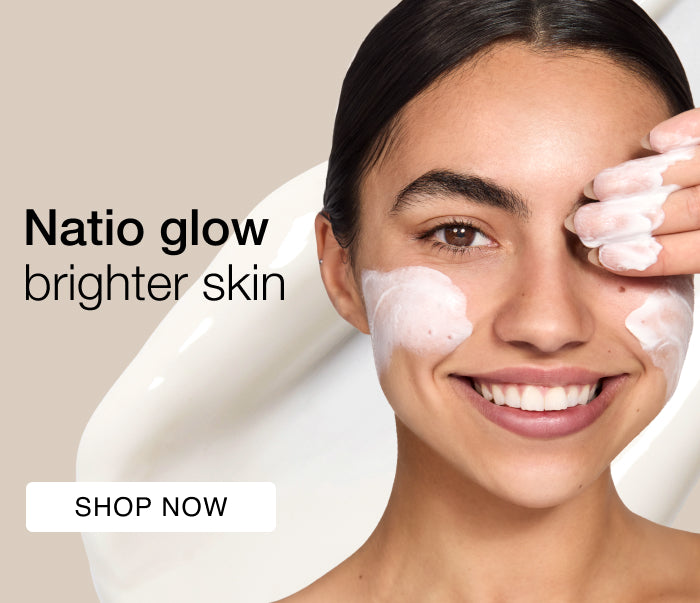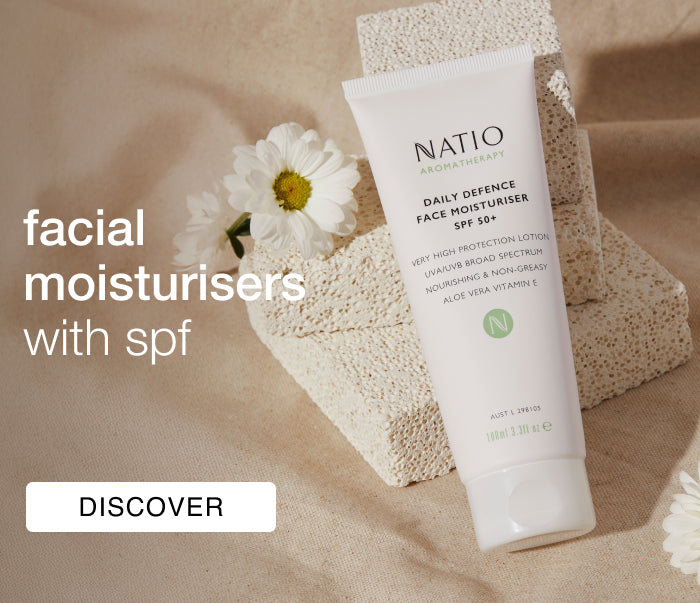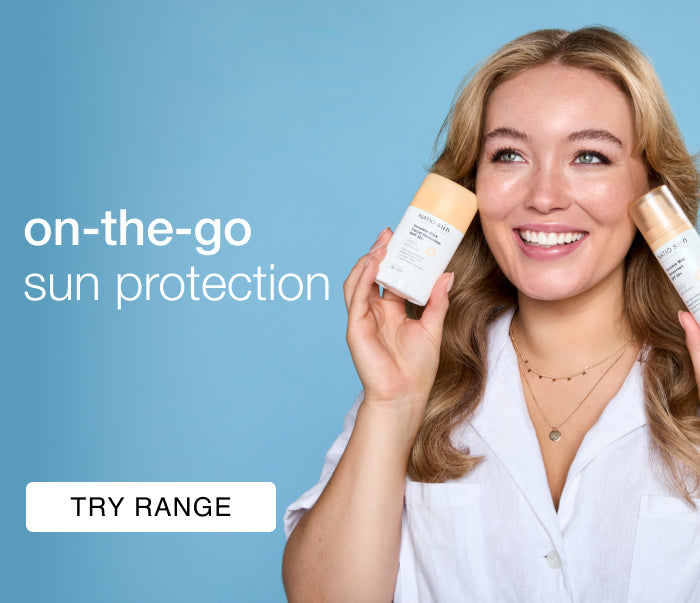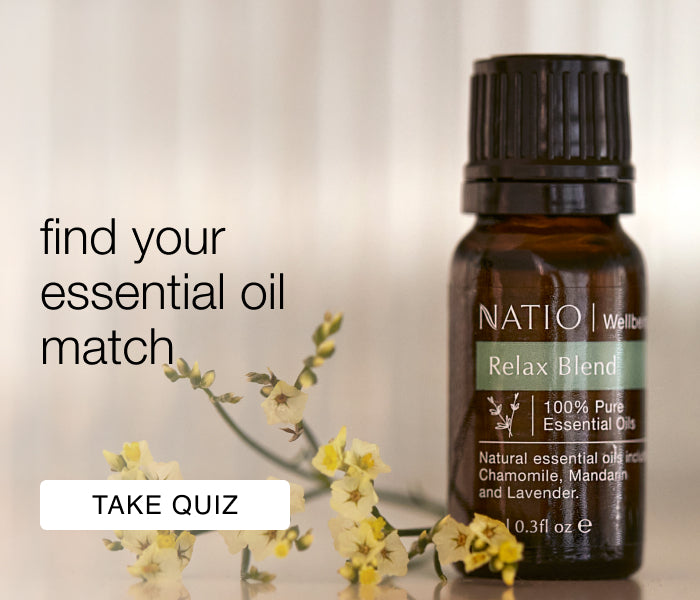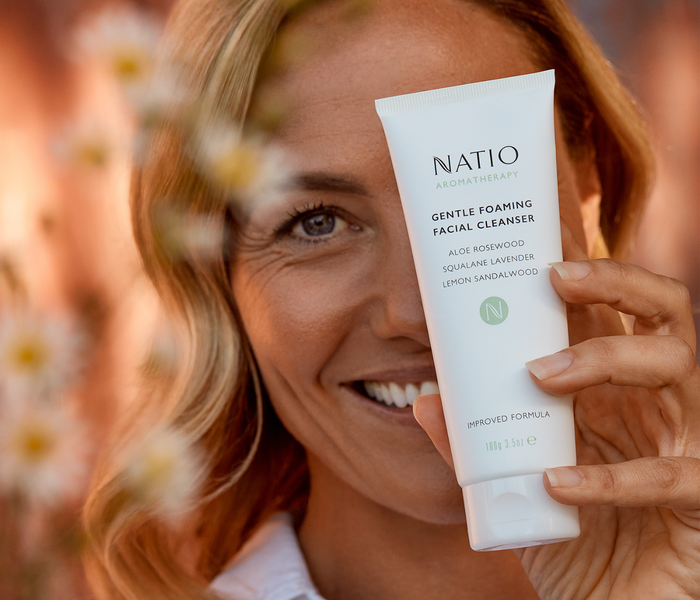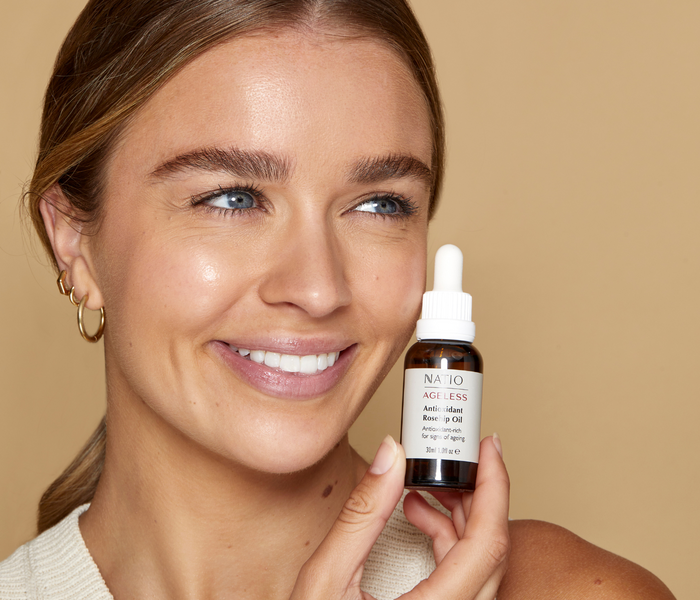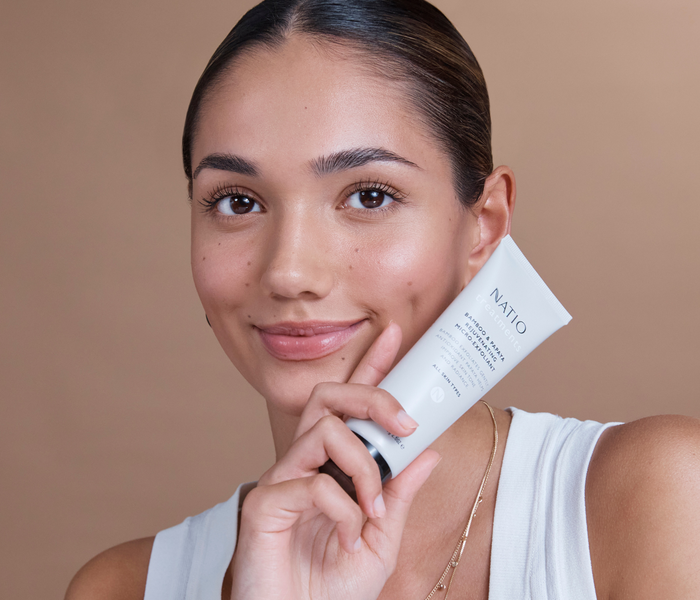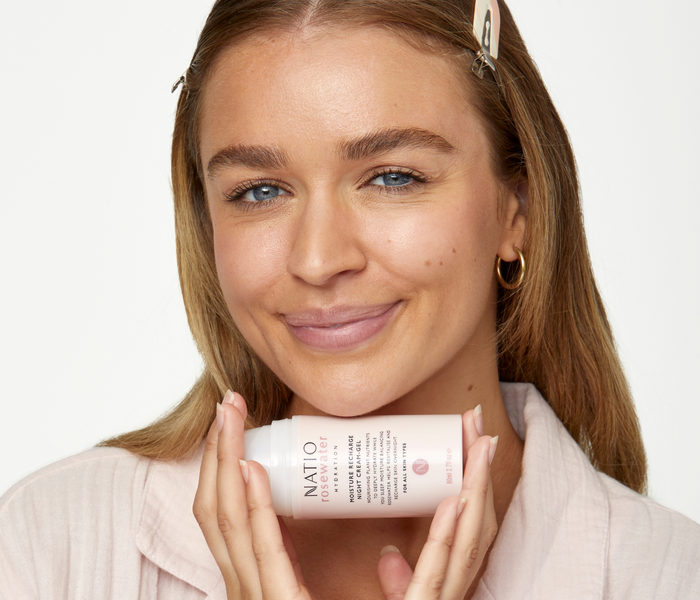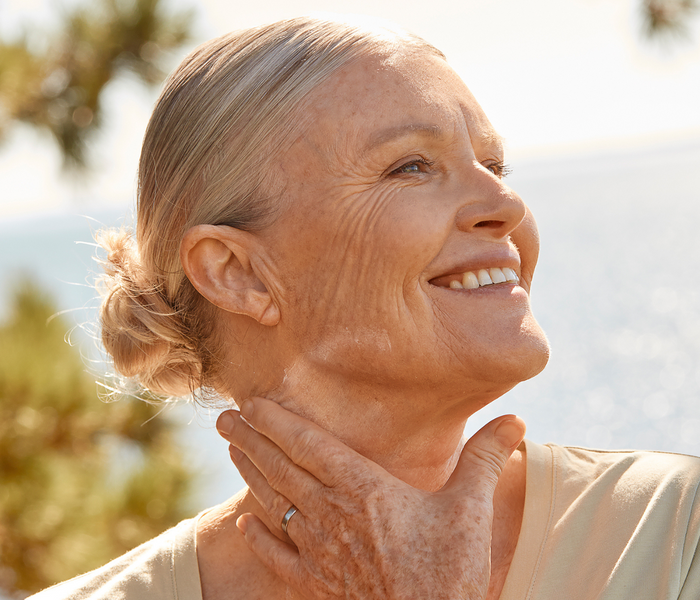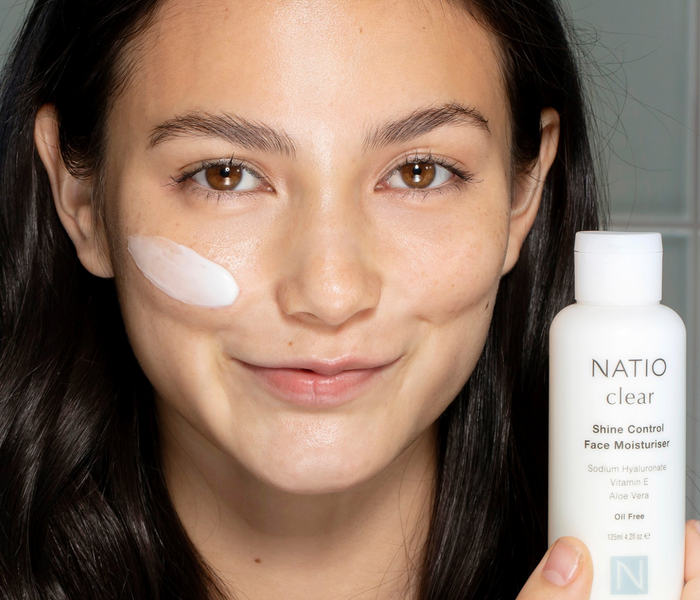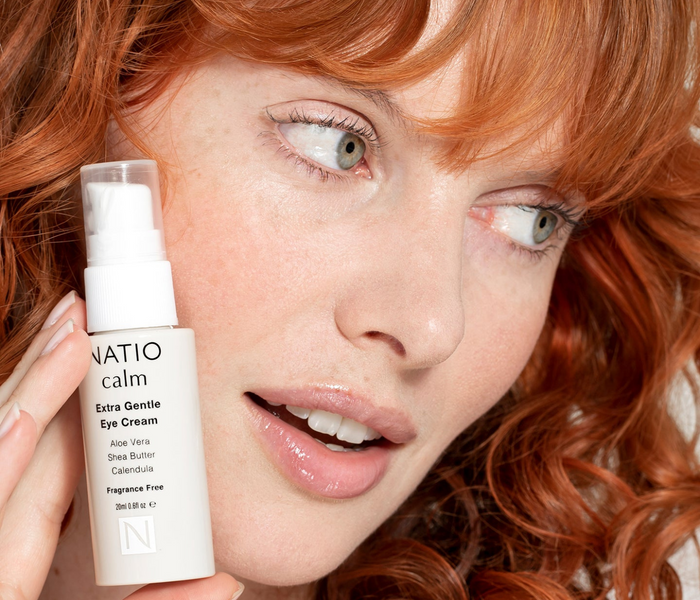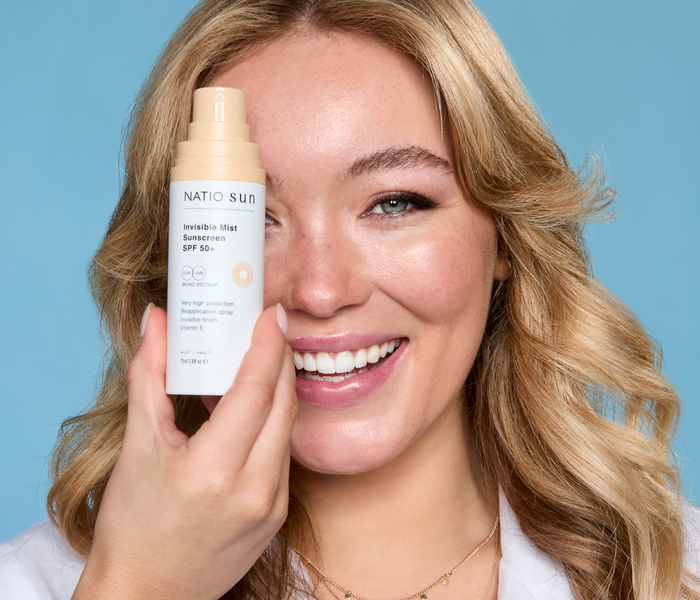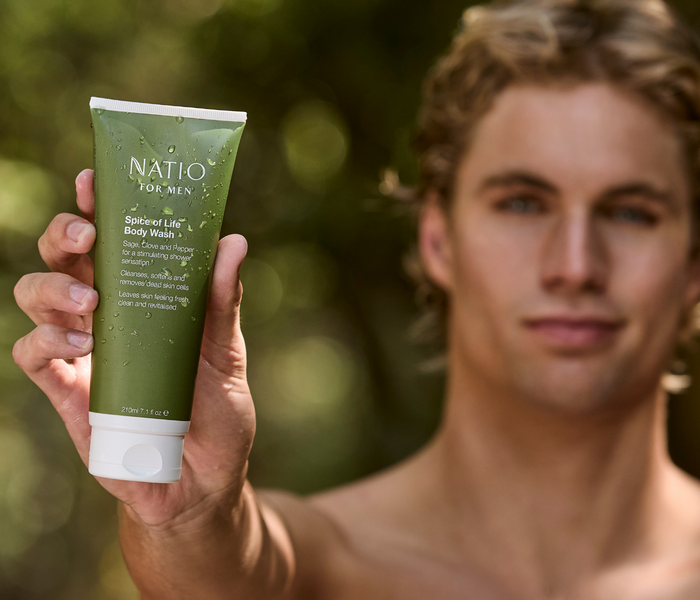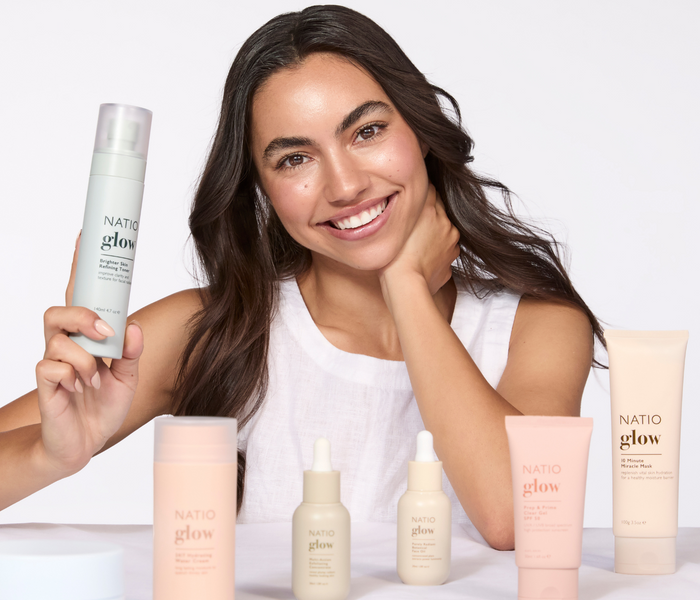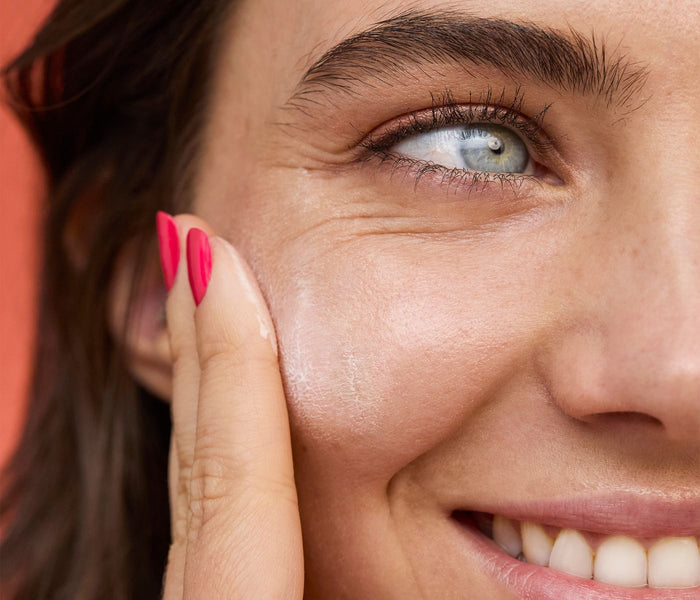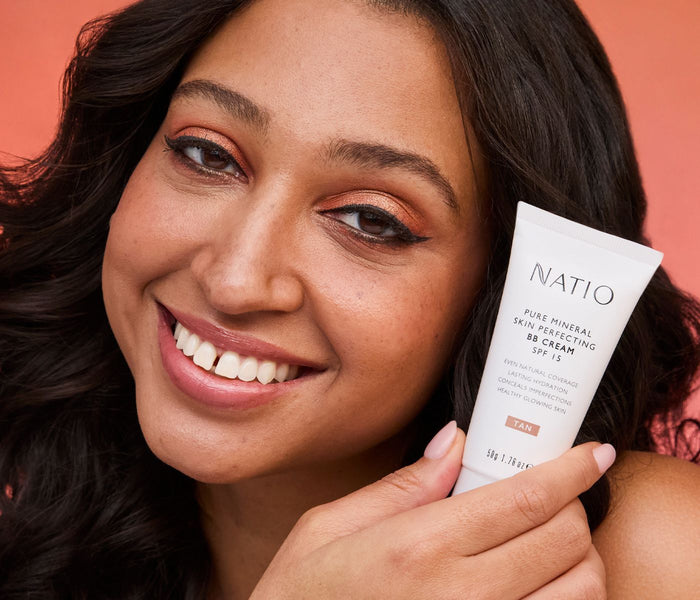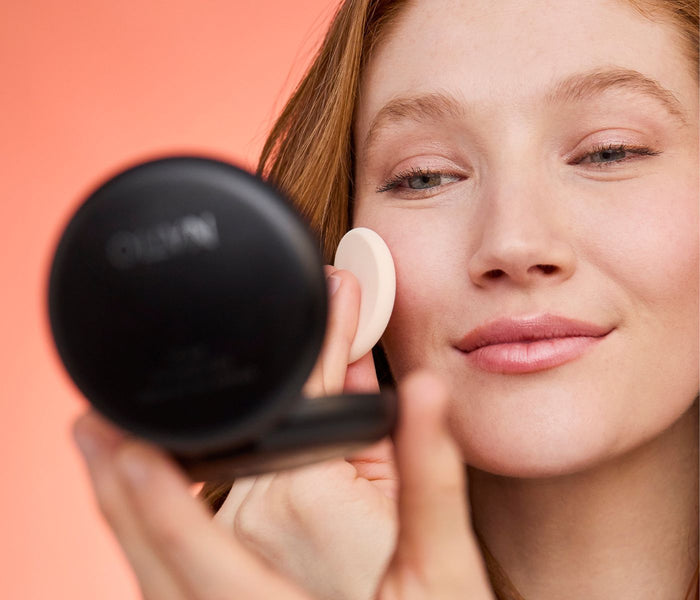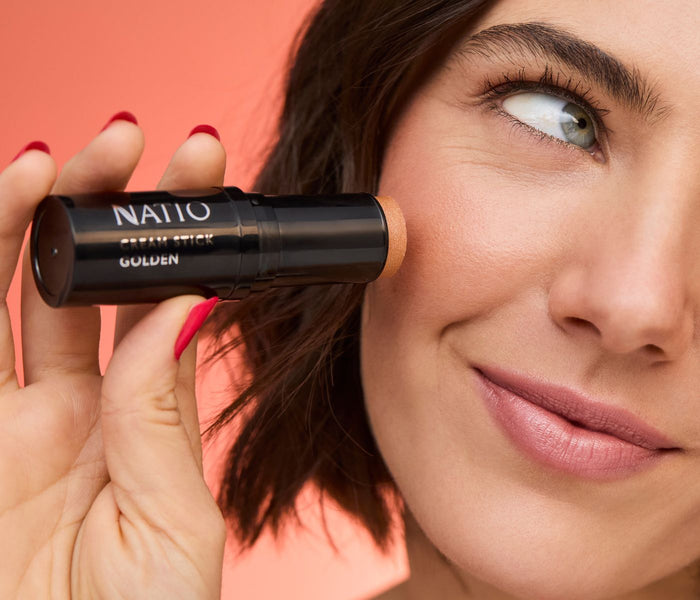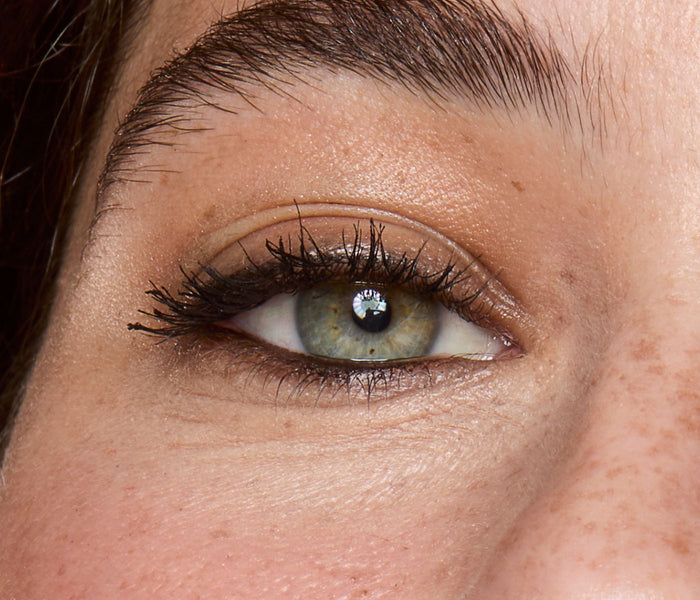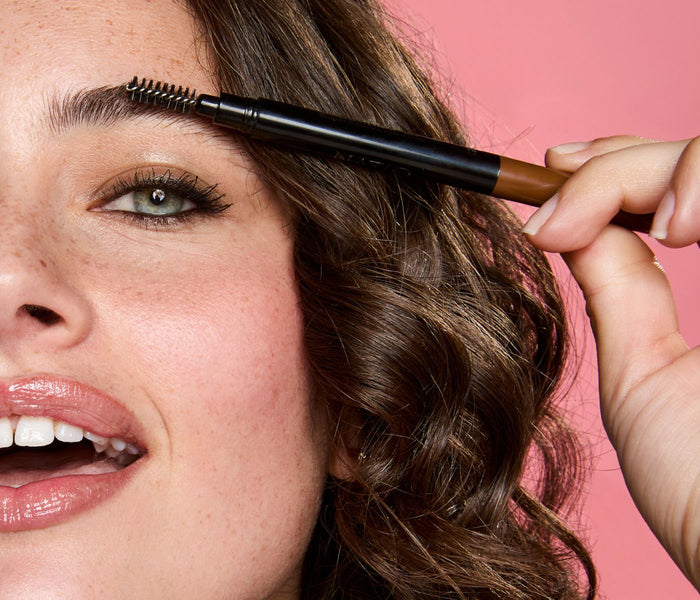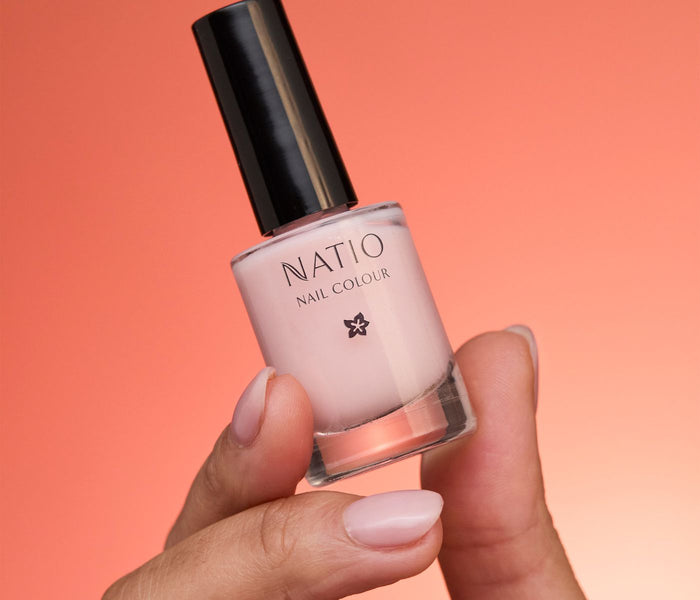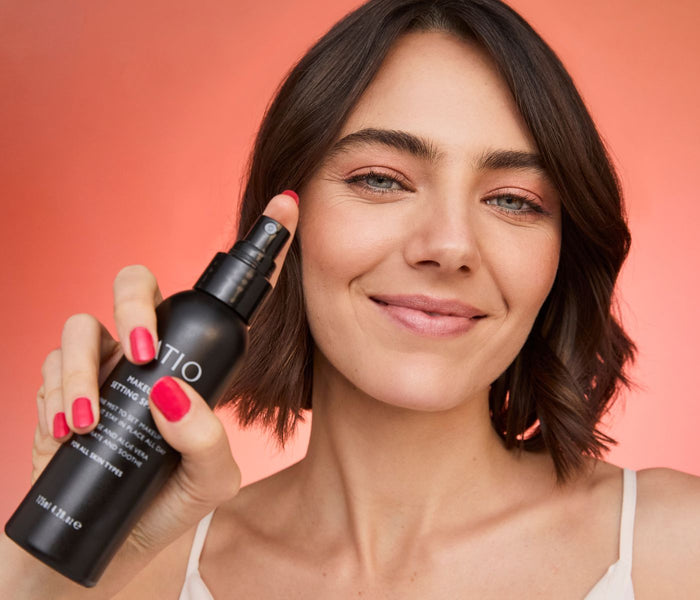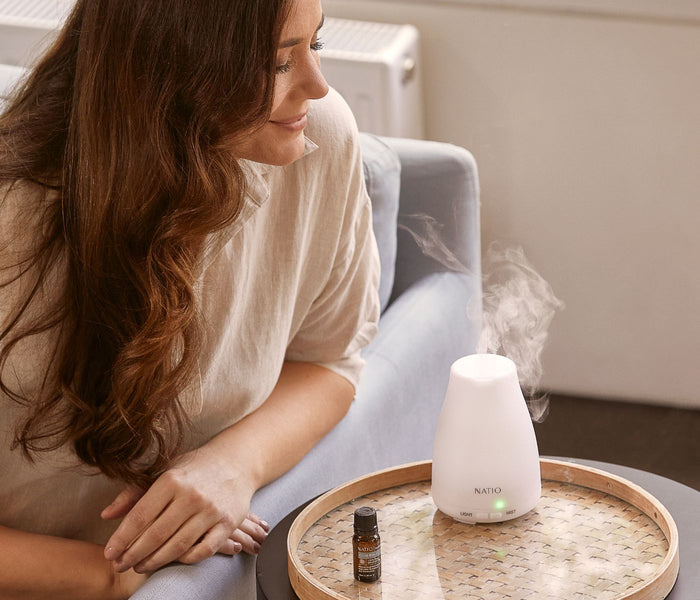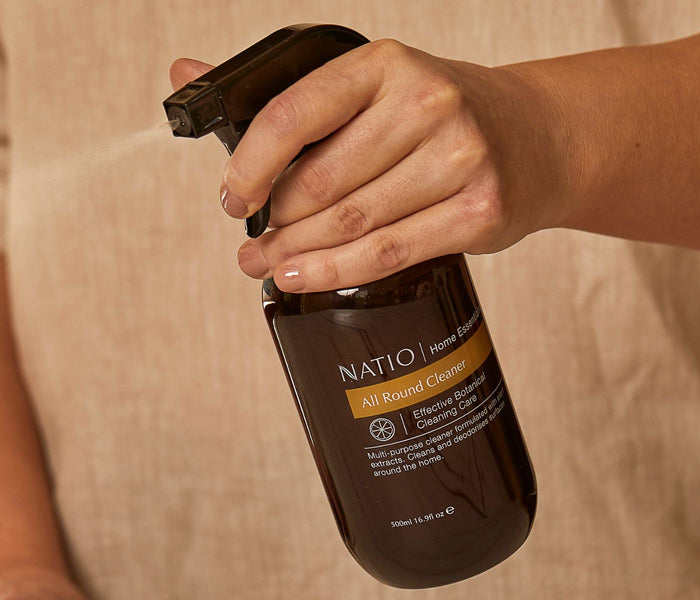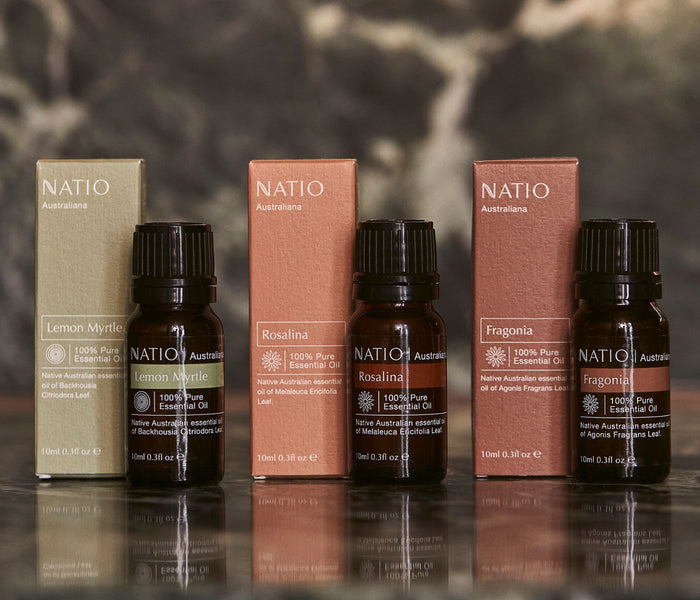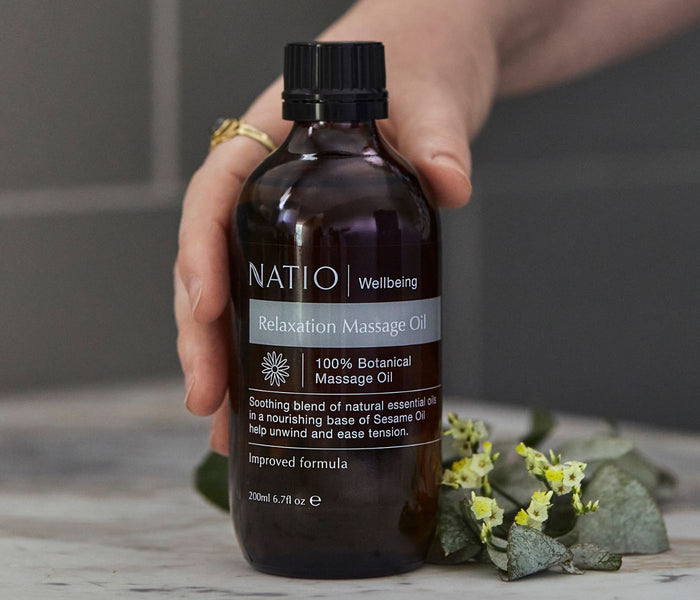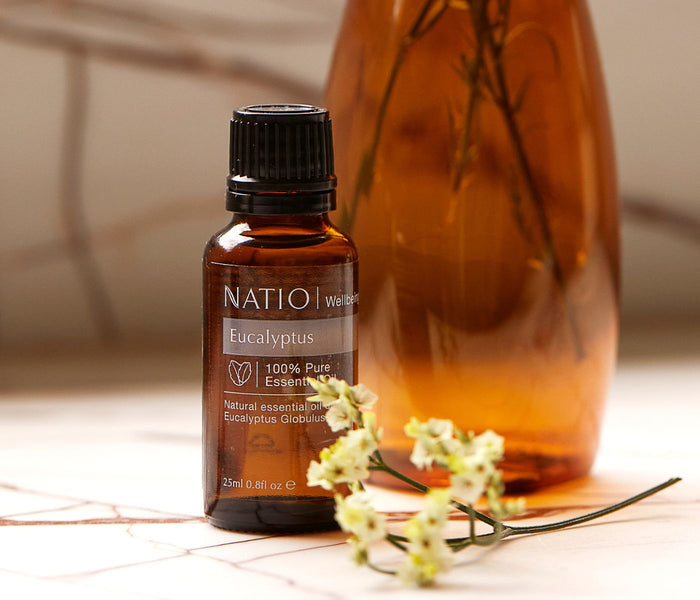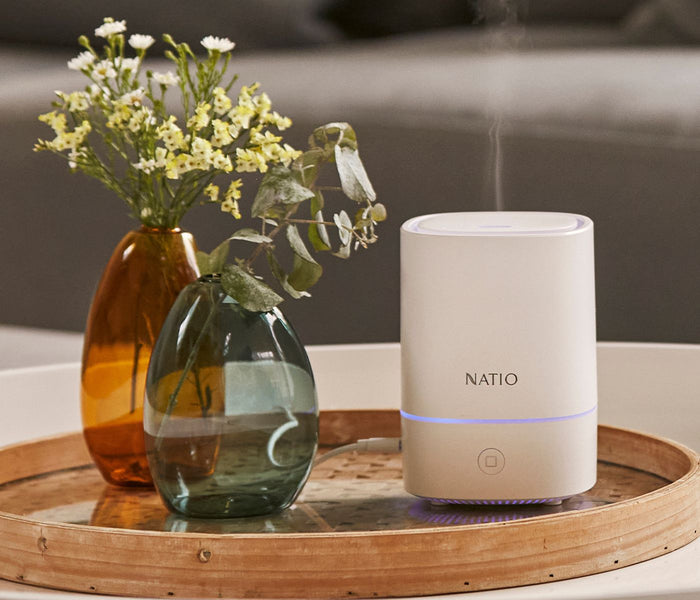
evening primrose
What is Evening Primrose Oil?
Evening Primrose Oil, derived from the seeds of the Oenothera biennis plant, has historically been used in both skincare and wellness practices for its nurturing and balancing properties. Rich in gamma-linolenic acid (GLA)—an omega-6 essential fatty acid—this golden oil is often included in Evening Primrose Oil skincare formulations such as the Aromatherapy Evening Primrose Moisturising Face Lotion for its ability to support the skin's natural barrier function and overall comfort.
Evening Primrose Oil Benefits for Skin
The unique evening primrose oil properties include a high GLA content that can help soothe dry, rough, or irritated skin by reinforcing moisture retention and reducing transepidermal water loss. This makes it a popular choice for products formulated for skin that feels tight, flaky, or stressed. Typically, users report an improvement in skin comfort, texture and suppleness with regular use.
Formulations like the Ageless Extra Firming Night Cream draw on these benefits, offering rich nourishment while enhancing suppleness. Typically, users report an improvement in skin comfort, texture and overall resilience with regular use.
Evening primrose oil benefits also include its mix of other fatty acids and antioxidants, which can positively contribute to a more balanced-looking complexion. The comprehensive evening primrose oil benefits for skin extend to calming the appearance of redness or uneven tone, particularly during times of hormonal fluctuation. These primrose oil benefits for skin have also been traditionally linked with supporting skin changes related to the menstrual cycle or menopause.
Evening Primrose Oil Uses in Skincare
While Evening Primrose Oil is also used internally in wellness rituals to support hormonal balance and skin clarity, topical application remains a gentle and accessible way to incorporate its benefits into a skincare routine. The diverse evening primrose oil uses make it particularly versatile in skincare formulations.
Lightweight and easily absorbed, it is often blended with other botanical oils or actives to enhance nourishment and promote a calm, conditioned skin feel. Evening primrose oil cosmetics continue to be valued for their naturally softening, replenishing qualities and role in supporting skin resilience over time.
Evening Primrose Oil in Modern Skincare
Evening primrose oil cosmetics continue to be celebrated for their softening, replenishing qualities and role in supporting skin resilience. Products such as the Aromatherapy Evening Primrose Moisturising Face Lotion highlight its nourishing capabilities, while colour cosmetics like Semi-Matte Full Coverage Foundation and Full Coverage Concealer offer complexion-perfecting coverage that still cares for the skin.
Whether used in dedicated evening primrose skincare or in hybrid formulations, this botanical continues to be valued for its balancing, calming, and conditioning benefits.




